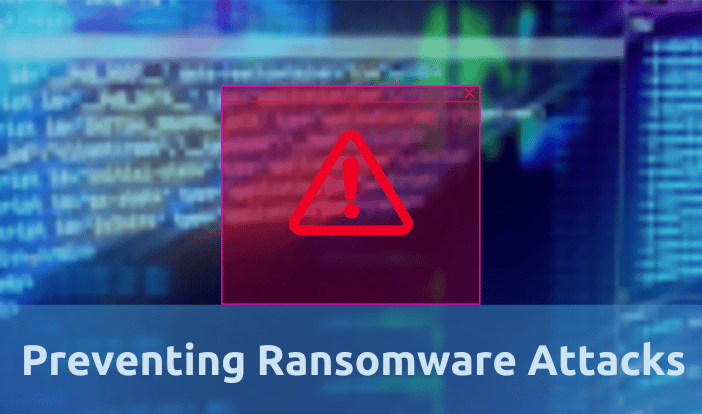
An employee comes to you on Monday morning and says they can’t open a report. You tell them to call IT, and soon, another person complains about the same issue. Sounds familiar? This could be the start of a ransomware attack.
The Importance of an IT Incident Response Plan
Ransomware starts as a single issue for a single user, but by the time it’s identified, it’s often too late. Obvious signs of ransomware are wallpapers or locked screens, with messages demanding payment to regain access to data. A quick IT incident response and user awareness are crucial to prevent further spread of the ransomware.
Ensuring Data Protection with a Comprehensive Incident Response Plan
An incident in information security is the opposite of confidentiality, integrity, and availability of data and systems. It’s the disclosure, destruction, and denial of data or systems. Incident response should have a plan in place, including the identification of an incident and who is responsible for responding. Companies without a well-defined incident response plan are at risk, especially small and medium-sized businesses, with 70% not surviving a ransomware attack. IT and security providers must be 100% secure, while a threat actor only needs to succeed once. An incident response plan helps prevent choice paralysis and conflicting responses during a security incident.
Incident Response Planning Checklist
- Develop an Incident Response Plan: Have a detailed plan in place for responding to incidents and defining roles and responsibilities for the response team.
- Identify Key Personnel: Assign key personnel for incident response and ensure they are trained and equipped to handle an incident.
- Regular Training and Drills: Regularly conduct training and drills to ensure the response team is prepared for an incident.
- Backup and Recovery Procedures: Have backup and recovery procedures in place to minimize data loss and reduce downtime.
- Communication Plan: Establish a clear communication plan for internal and external stakeholders during an incident.
- Documentation: Ensure all incidents are documented, including the steps taken to resolve the incident and any lessons learned.
- Update Regularly: Regularly update and review the incident response plan to keep it current and effective.
- Monitor and Detect: Implement systems to monitor and detect incidents, and ensure there is a clear process for reporting incidents.
- Containment and Eradication: Have a plan in place for quickly containing and eradicating an incident to prevent further damage.
- After-Action Review: Conduct an after-action review to evaluate the effectiveness of the incident response and make any necessary improvements.
- Coordination with Law Enforcement: Establish a relationship with law enforcement agencies to ensure a prompt and effective response to incidents that require their involvement.
How Diamond IT Can Help
Don’t let your business be caught off guard in the event of a security incident. If you would like help developing a comprehensive plan, fill out the form below to be contacted by one of our experts.